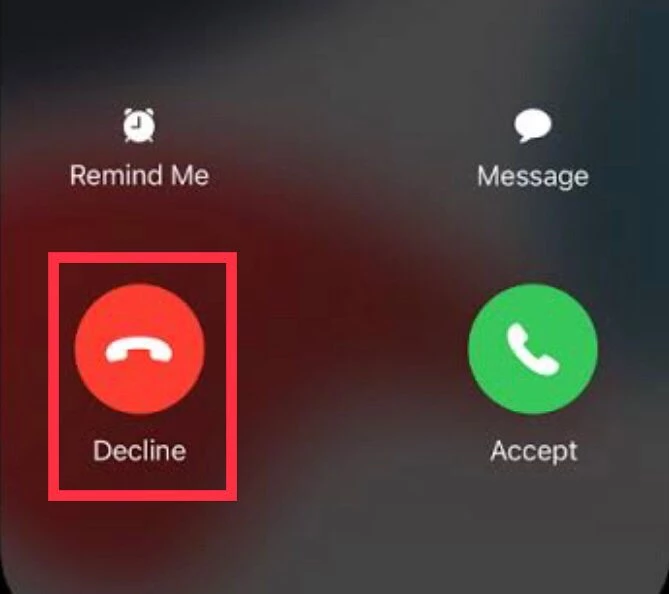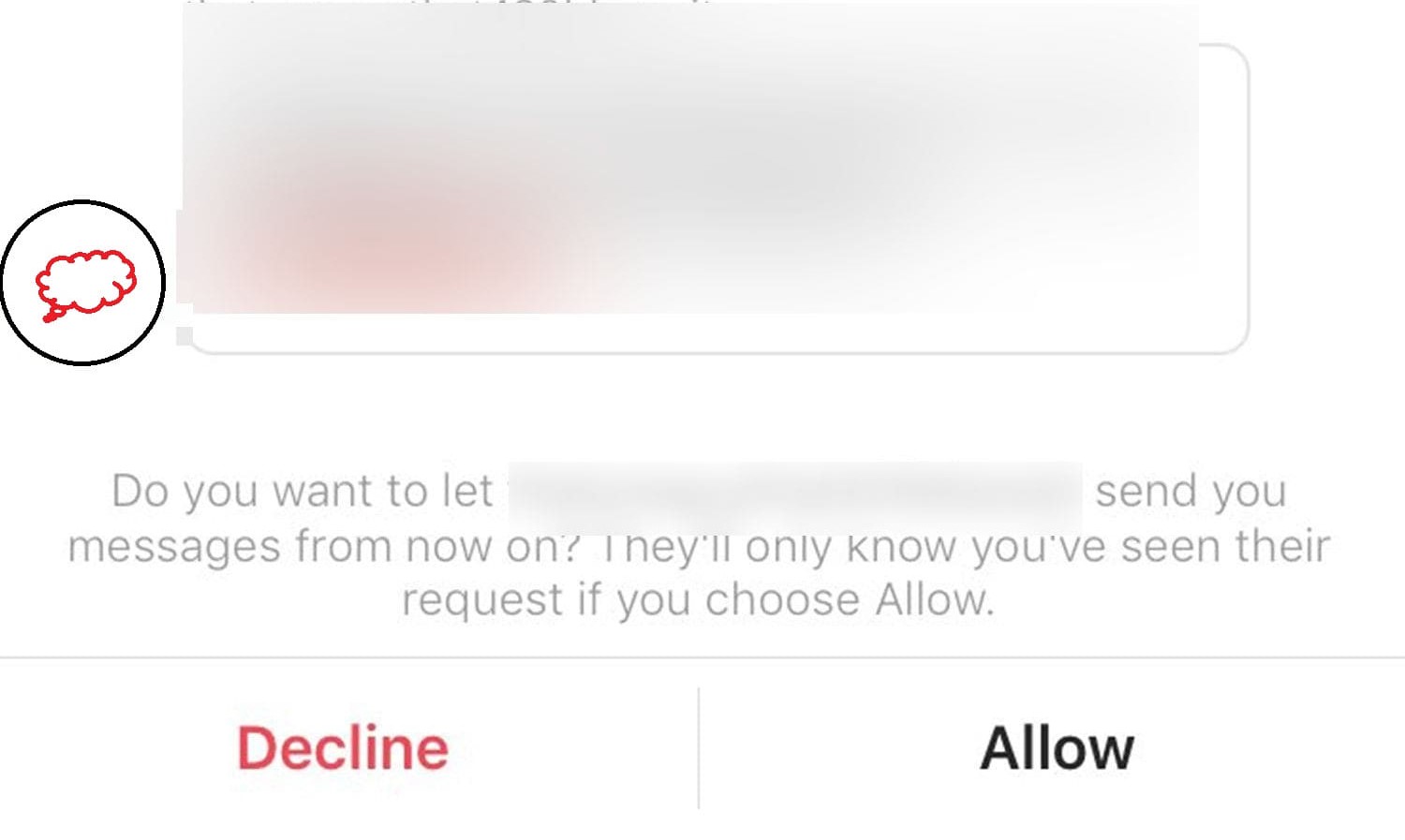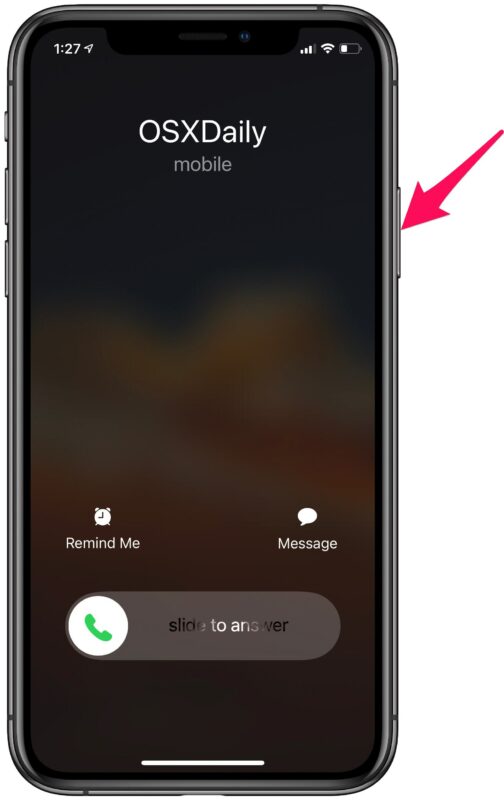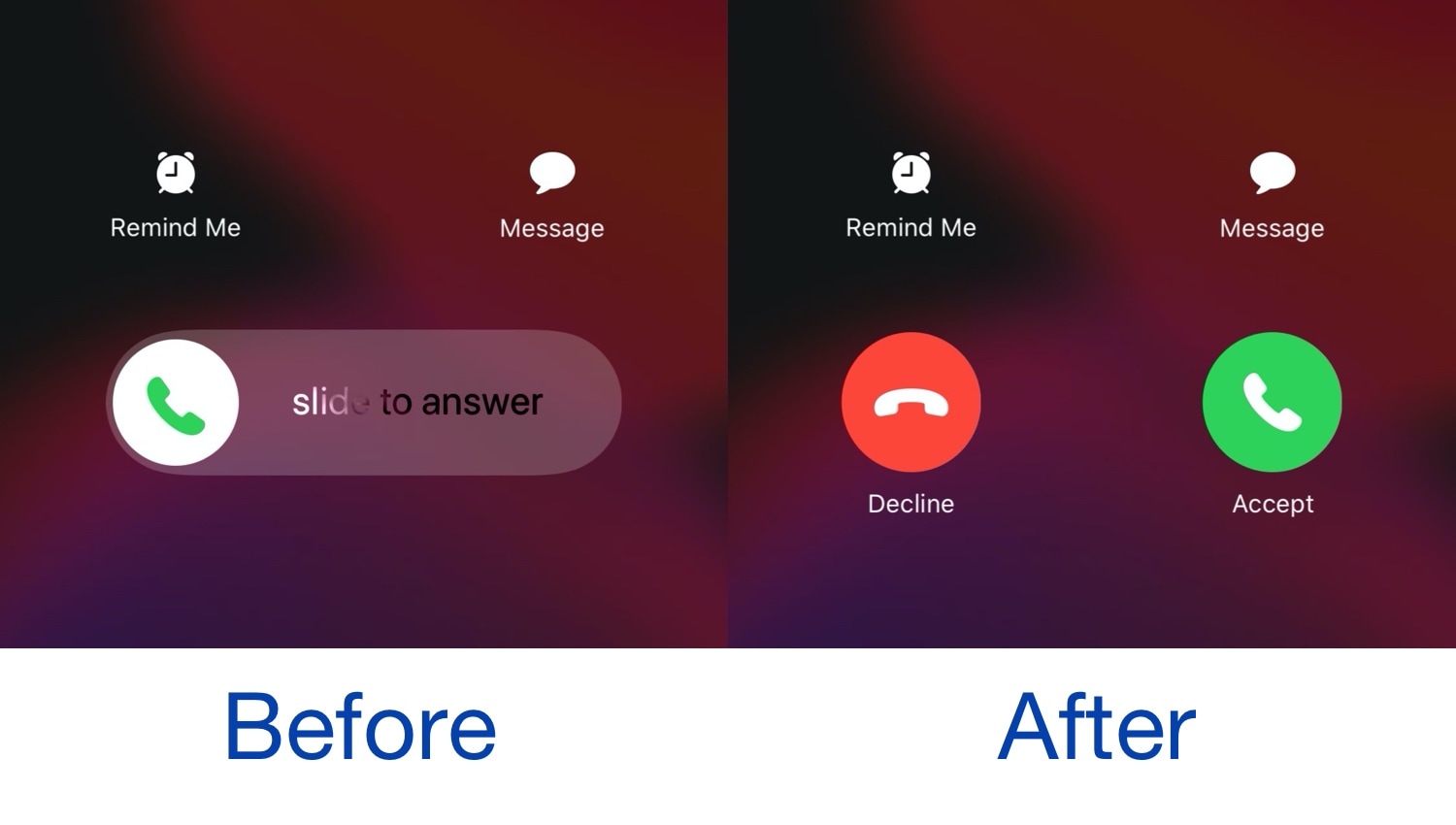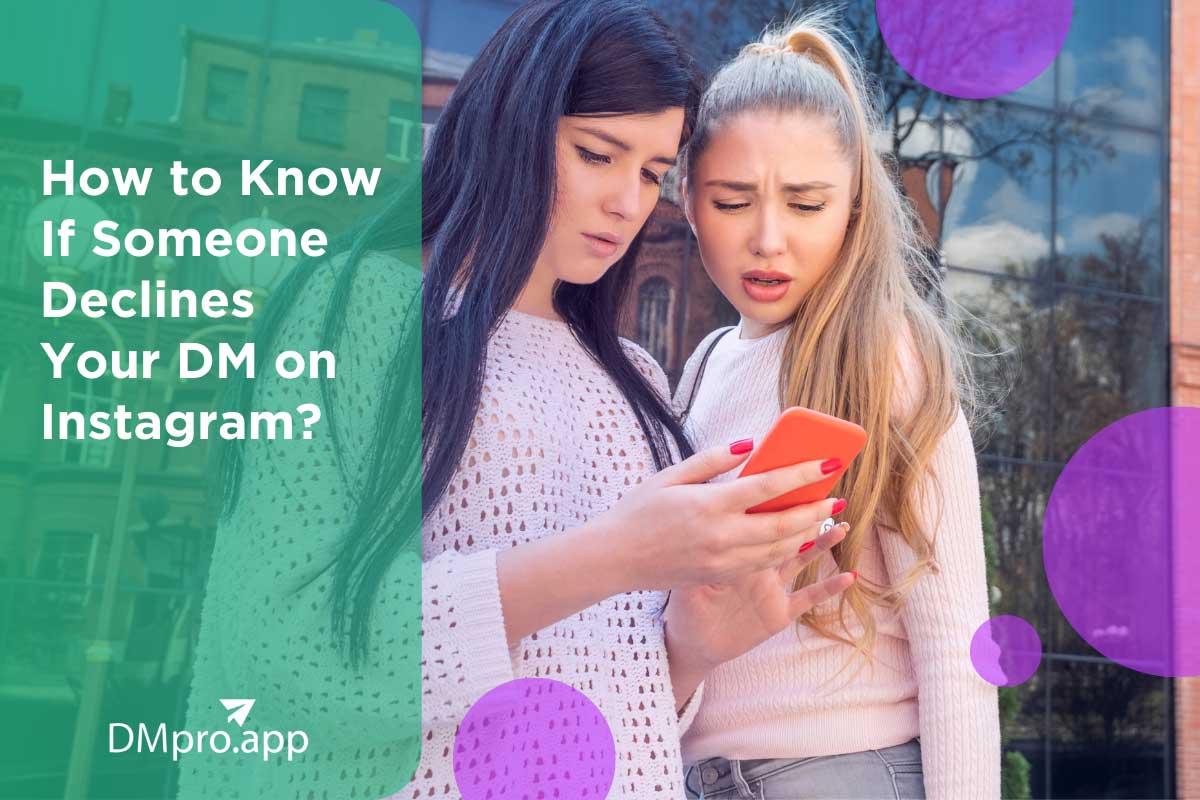How To Tell If Someone Declined Your Call

In the age of instant communication, deciphering the subtle nuances of phone calls can still be surprisingly complex. Figuring out if someone actively declined your call versus simply missing it can be a source of frustration. This article explores the various indicators that suggest a call was deliberately rejected, drawing on technical explanations and user experiences to provide clarity.
Understanding these signs can help manage expectations and improve communication strategies. It saves you from unnecessary follow-up attempts and assumptions.
Deciphering the Signals: Technical Indicators
The most straightforward indicator is the immediate transition to voicemail. While a missed call might eventually route to voicemail after several rings, a declined call often bypasses the ringing phase altogether. This is often a telltale sign that the recipient actively rejected the call.
Another clue lies in the type of ring you hear, or don't hear. A single ring followed immediately by voicemail is highly indicative of a declined call. This swift change suggests an action was taken, not just an absence of response.
Some users report hearing a busy signal, though this is less common with modern smartphones. A busy signal signifies that the recipient is already engaged in another call, or, in some cases, has actively blocked your number.
Variations Across Carriers and Devices
It's important to note that these indicators can vary depending on the mobile carrier and the type of device used. Some carriers might use different ring patterns or voicemail prompts. iPhone users, for example, have the option to silence unknown callers. This sends those calls directly to voicemail, mimicking a declined call scenario.
Android devices also offer similar features that impact how declined calls are perceived by the caller. Understanding these device-specific functions is crucial for accurate interpretation.
User Experiences and Interpretations
Beyond the technical aspects, user experiences play a significant role in interpreting call behavior. Many people rely on their intuition and past interactions with the caller. However, relying solely on intuition can lead to misinterpretations and assumptions.
For example, a quick text message following a missed call explaining the situation can prevent misunderstandings. Similarly, consistently receiving immediate voicemails from a particular person could suggest a pattern of declining calls.
The Role of Context
The context surrounding the call is also crucial. Consider the relationship with the caller and the urgency of the communication. A business call during working hours might warrant a different interpretation than a casual call late at night.
Also, consider whether the person was likely in a meeting or other situation where they couldn't answer. This is where understanding the other person’s schedule is important.
"Communication is key," says tech expert Sarah Chen. "Before jumping to conclusions, consider the circumstances and whether there's a reasonable explanation for the call being seemingly declined."
Managing Expectations and Improving Communication
Rather than solely focusing on whether a call was declined, it's often more productive to manage expectations and improve communication strategies. Leaving a concise voicemail with the reason for your call can be effective.
Sending a follow-up text message asking if it's a good time to talk can also be a respectful approach. Some people prefer to communicate through text or email, regardless of the urgency of the matter.
For urgent matters, consider sending a text message first to alert the recipient that you're about to call. This gives them the option to prepare for the call or indicate that they're unavailable.
Avoiding Assumptions and Conflict
Avoiding assumptions is paramount. Assuming someone declined your call out of malice or disinterest can strain relationships. Instead, approach the situation with empathy and understanding.
Open communication about preferred methods of contact can prevent future misunderstandings. Some people might prefer scheduling calls in advance to avoid interruptions.
The Impact of Technology on Communication Etiquette
Modern technology has blurred the lines of communication etiquette. The availability of multiple communication channels – calls, texts, emails, instant messaging – creates both convenience and complexity.
Understanding and respecting individual preferences is crucial. It avoids conflicts in this multi-channel environment.
While technology offers numerous ways to connect, it's essential to remember the human element. Approaching communication with empathy and understanding can foster stronger relationships.
Ultimately, determining whether someone declined your call is rarely a definitive science. By considering the technical indicators, user experiences, and contextual factors, you can make a more informed assessment and communicate more effectively. Avoid hasty judgments and prioritize open communication to build stronger connections.



![How To Tell If Someone Declined Your Call Does Someone Know if You Decline Their Call [Expert-Advice!] - TechFOW.com](https://www.techfow.com/wp-content/uploads/2022/10/when-someone-calls-you-on-your-iphone-the-decline-option-will-show-up-if-your-phone-is-unlocked.jpg)
![How To Tell If Someone Declined Your Call What Does 3 Rings Mean on Iphone [Must-Know Tips!] - TechFOW.com](https://www.techfow.com/wp-content/uploads/2022/09/if-you-don-t-hear-a-voicemail-or-any-response-when-you-call-there-s-a-good-chance-the-person-you-re-calling-declined-your-call.jpg)






